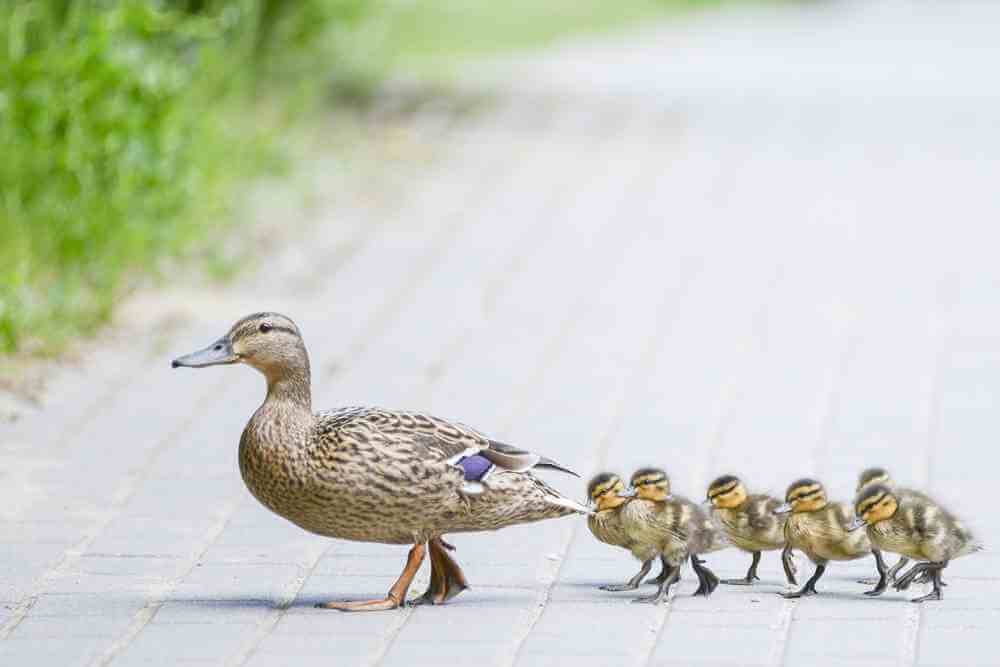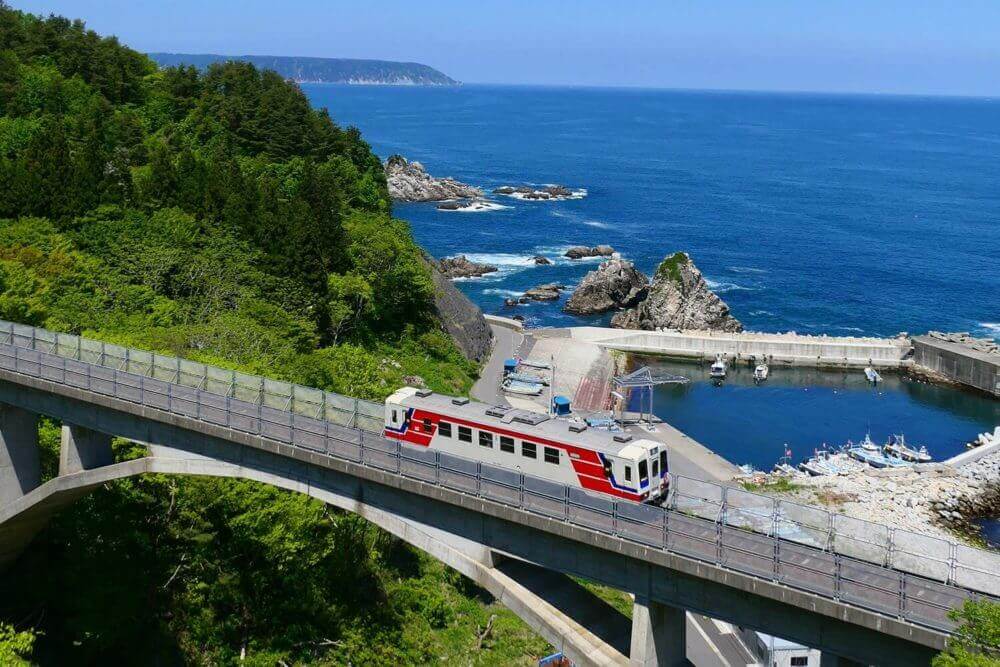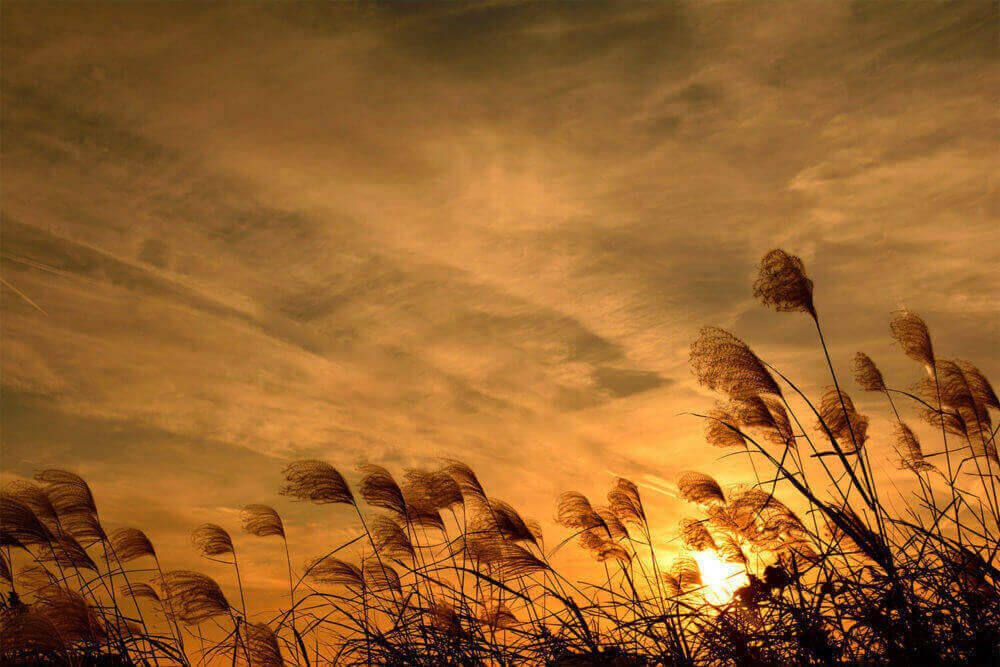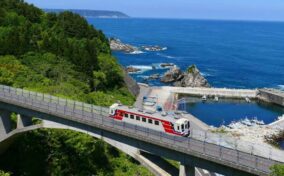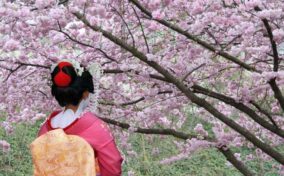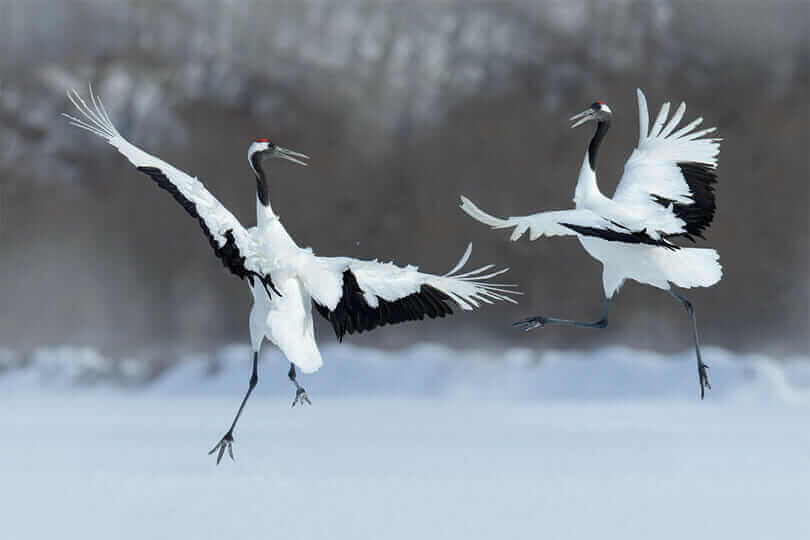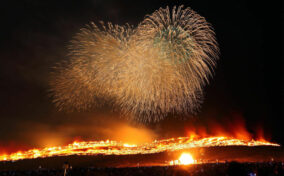In Japan, earthquakes occur frequently, from small tremors not felt by the body to large fatal disasters. And some earthquakes have caused huge tsunamis. Many Japanese feel a sense of crisis not knowing when natural disasters will occur. Of course, the possibility of actually encountering a large natural disaster is very low. Most Japanese people have been able to live to be over the age of 80. However, this sense of crisis has a major influence on the spirit of Japan. Humans cannot conquer nature. Many Japanese people feel that it is important to live in harmony with nature. In this article I will talk about relatively recent earthquakes, tsunamis, and volcanic eruptions.
Table of Contents
Earthquakes and Tsunami in Japan
If you stayed in Japan for a few years, you would experience at least one small earthquake for yourself. Japanese buildings are designed not to collapse even if a big earthquake were to occur. Therefore, there is no need to be afraid. However, if you stayed in Japan for decades, there’s a possibility of experiencing a big earthquake. In 2011, when the Great East Japan Great Earthquake occurred, I was working in a skyscraper in Tokyo and experienced the building shaking violently.
East Japan great earthquake disaster
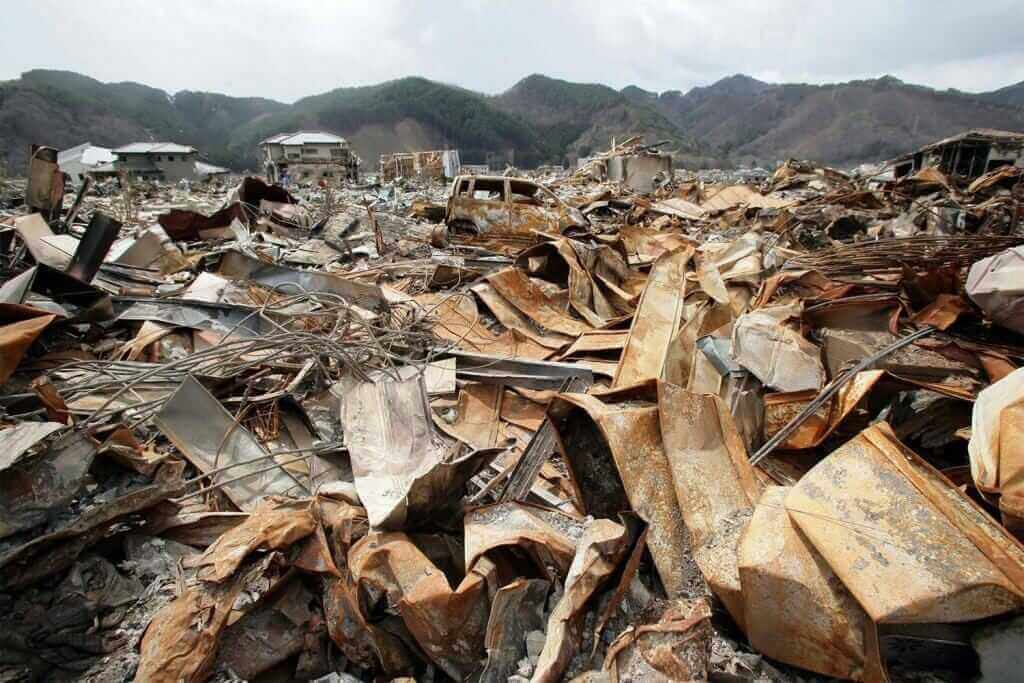
East Japan great earthquake disaster, March 11, 2011
The Great East Japan Earthquake (Higashi-Nihon Daishinsai) is a very big earthquake that struck northern Honshu on March 11, 2011. More than 90% of the approximately 15,000 victims died due to the tsunami that occurred after the earthquake.
After the Great Hanshin Earthquake that occurred in 1995, earthquake-proof construction has been actively carried out in Japan to prevent buildings from collapsing due to earthquakes. Because of this, in the Great East Japan Earthquake, there were not many buildings that collapsed from the quake. However, the tsunami that followed caused great damage.
The tsunami also hit nuclear power plants in Fukushima Prefecture. As a result, three nuclear reactors melted down and radioactive leakage occurred. Approximately 150,000 people were forced to evacuate the surrounding areas.
There is a proverb in Japan saying “Great natural disaster comes to us when we forget the last
one.” Actually, over 100 years ago, a big tsunami struck the northern part of Honshu. However, we forgot about the fear tsunamis cause.
The nuclear power plant was designed to hold even if a big tsunami struck, but the tsunami destroyed the nuclear power plant anyway. By experiencing this catastrophe, the Japanese once again realized the fear of nature.
Great Hanshin Earthquake
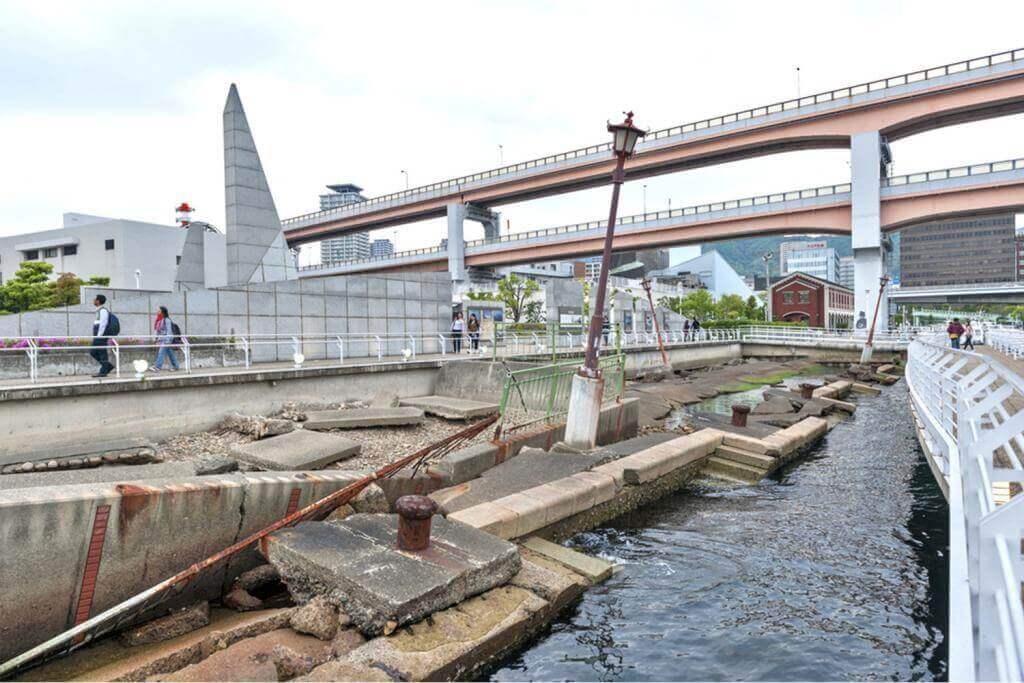
Ruins from Kobe Great Hanshin earthquake in 1995 preserved as a reminder for destructive power of nature at Port of Kobe Earthquake Memorial Park, Hyogo Prefecture, Japan = Shutterstock
The Great Hanshin Earthquake (Great Hanshin Earthquake) is a major earthquake that hit Kobe and its surrounding areas on January 17, 1995. Kobe is a large city located approximately 30 kilometers west of Osaka. In this major earthquake, more than 6,000 people died.
I lived in Kobe for several years until 1994. When this earthquake occurred, I was living in Tokyo. When I heard the news of the earthquake, I quickly went to Kobe. The city of Kobe, that I loved, was totally altered from the quake.
This great earthquake was a shock to many Japanese people. Because the earthquake destroyed modern highways and buildings, the Japanese recalled the fear of nature. After this earthquake, seismic reinforcement works of buildings, roads, etc. advanced in Japan.
Great Kanto Earthquake
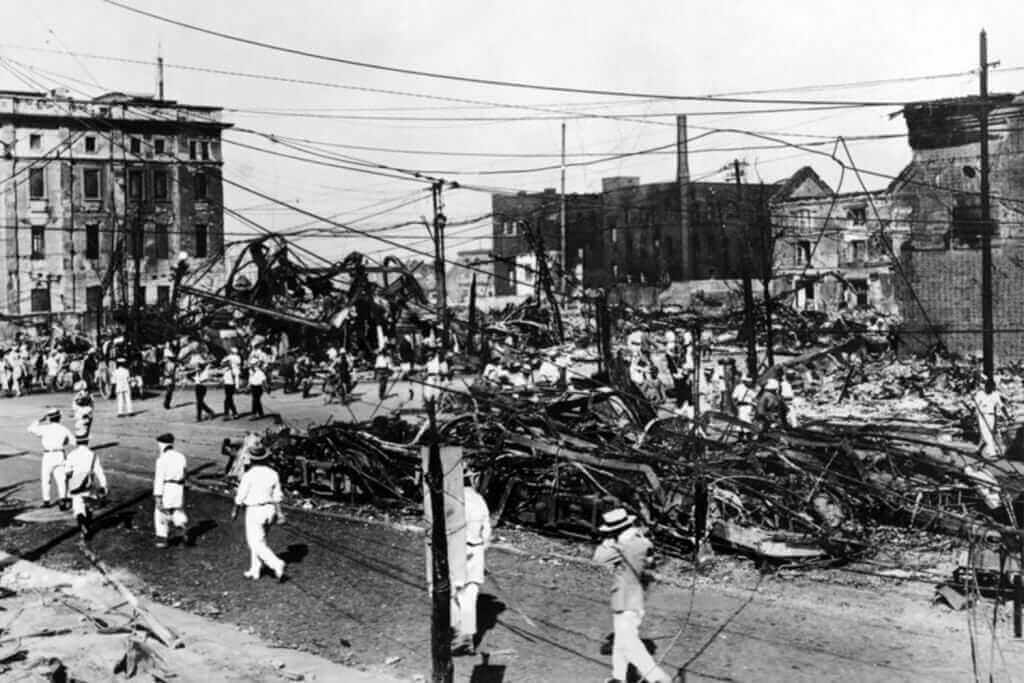
Ruins of burned streetcars after the 1923 Tokyo earthquake The Great Kanto earthquake had a reported duration between 4 and 10 minutes Sept. = Shutterstock
The Great Kanto Earthquake is a major earthquake that hit the Kanto region including Tokyo on September 1, 1923. Approximately 140,000 people died. At that time, there were many trees and houses in the downtown area of Tokyo. When the earthquake occurred, people used the fires to cook meals. Many people burned to death as the houses ignited and burned. Tokyo suffered a great deal of damage in this earthquake. The economy deteriorated, which also led to political turmoil and the rise of the military.
Volcanos in Japan
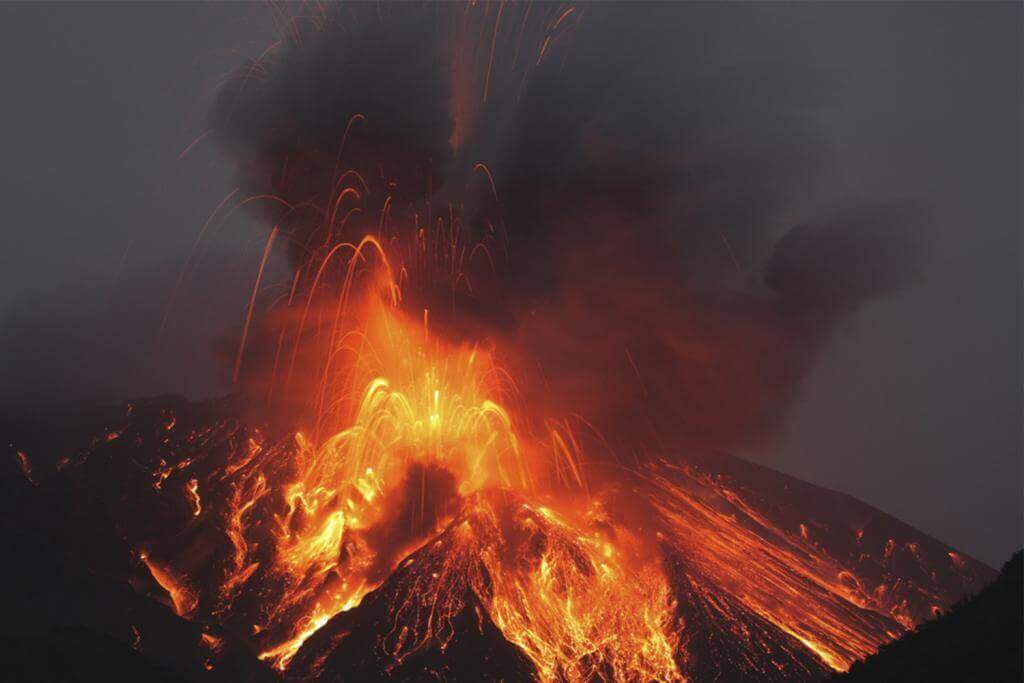
Molten lava erupts from Sakurajima Kagoshima Japan = Shutterstock
There are about 108 active volcanoes in Japan. The main volcanoes are as follows.
- Mt. Fuji : This volcano has recently erupted in 1707.
- Taisetsuzan : A large eruption occurred 30,000 years ago.
- Mt. Usu : Mt. Usu erupts at a pace of about once every 30 years.
- Mt. Asama : This mountain has repeated small eruptions.
- Unzen Volcano : A large pyroclastic flow occurred in 1991.
- Mt. Aso : If volcanic activity is settled, you can go near the crater.
- Kirishima : Volcanic activity is still continuing now.
- Sakurajima: Sakurajima also repeats small eruptions.
Mount Ontake eruption
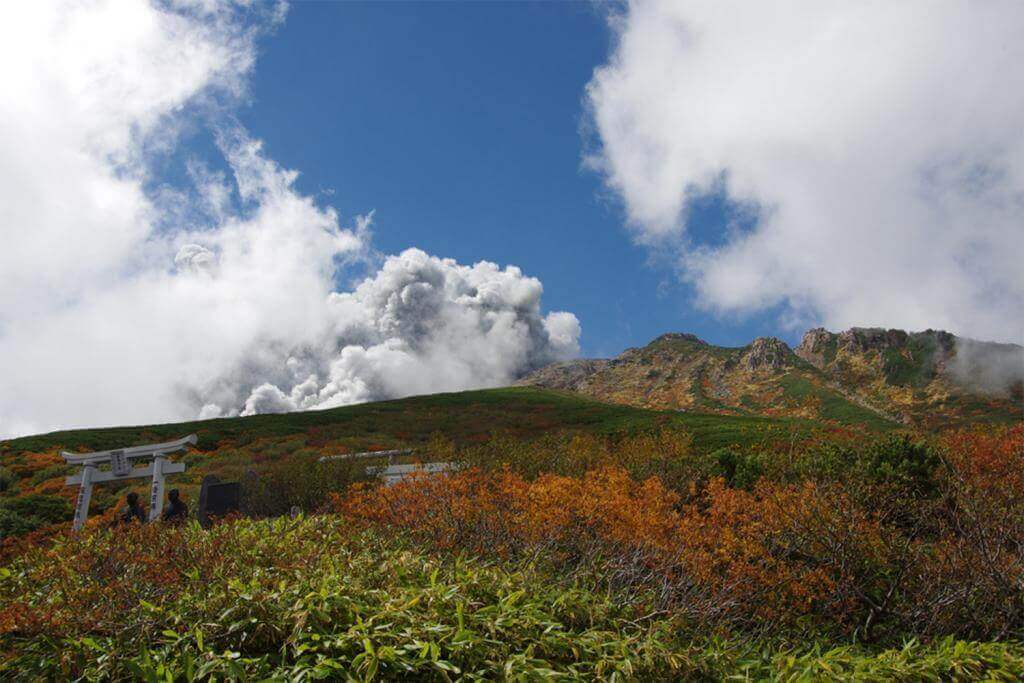
Mt Ontake just after the eruption = Shutterstock
On September 27, 2014, Mt. Ontake (Ontake-san) suddenly erupted for the first time in 7 years. This eruption was really sudden and came without warning. Approximately 60 climbers who were near the top of the mountain were lost to the eruption. It was the worst volcanic disaster in the postwar period of Japan.
Mt. Ontake has an altitude of 3067 m. It has been cherished by many people from long ago as a mountain of faith. Since this eruption, the Japanese government has strengthened the monitoring of volcanoes nationwide.
Preparing for disasters while traveling in Japan
Japan is very sensitive to natural disasters. The ability to scientifically predict the occurrence of natural disasters is also evolving. If a dangerous situation is predicted, the forecast will be sent out using all means of communication, such as the Internet, TV, street vision, and indoor broadcasting of public facilities. An alert will be sent if there is a further threat.
In Japan, evacuation sites are secured in all towns and large facilities. Roles such as those who instruct evacuation and those who guide evacuation are also determined, and they are also trained. In the unlikely event that you encounter such a situation, do not panic, calmly check your surroundings, follow the evacuation guidance, or ask nearby people for help.
If you want to know information about natural disasters such as earthquakes and volcanoes while staying in Japan, please refer to the official website of the Japan Meteorological Agency.
>> Click here for official website of Japan Meteorological Agency
Attention: If you are hit by a typhoon or a big earthquake now, download the Japanese government app “Safety tips”. That way you get the latest information. Anyway, make sure you have a safe place to take shelter. Talk to the Japanese people around you. Although, generally Japanese people are not good at speaking English, if you are in trouble they still want to help. If you can use kanji (Chinese characters), you can communicate with them this way.
In addition, please take travel insurance seriously to prepare for disasters during your trip.
There are related articles as below.
Thank you for reading to the end.

